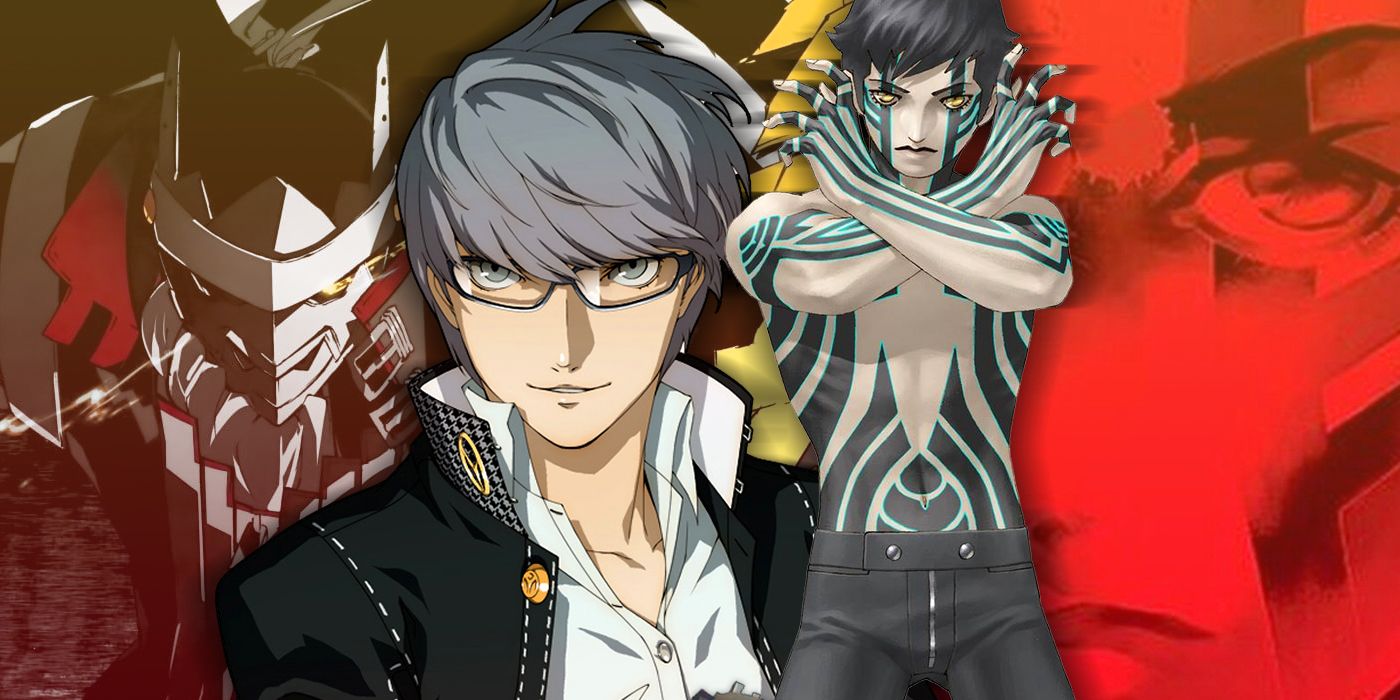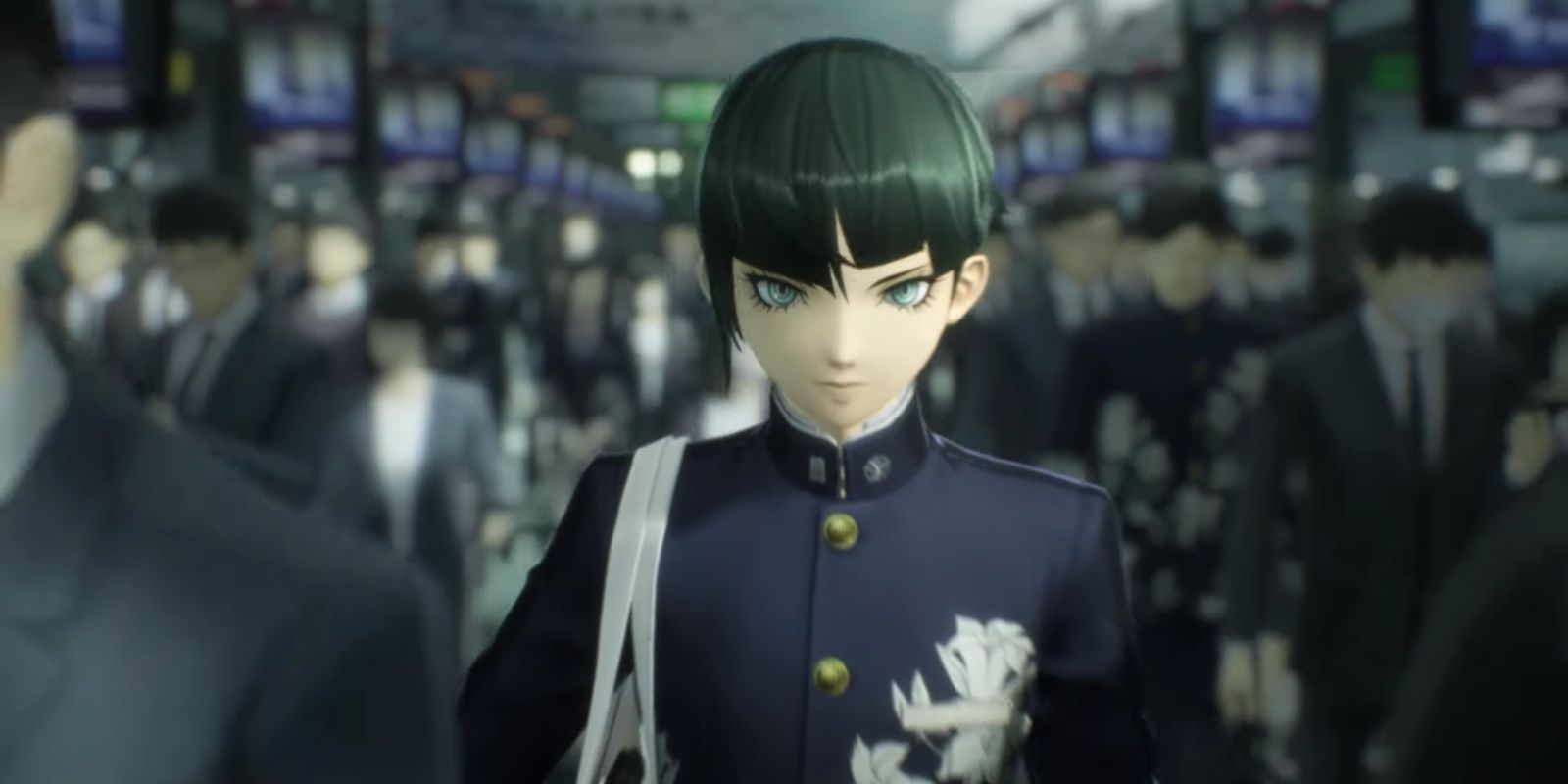The Persona series has become a breakout series in the United States in recents years, made even more popular by the release of Persona 5 Royal in March. While the franchise is enjoyed by many modern players, some might not know that the series is a spin-off of the Shin Megami Tensei franchise, which is extremely popular in Japan but has a smaller cult following in the West. Both franchises have been around for decades, and while they have gone down different paths, they share a lot of similarities when it comes to themes and gameplay.
The Megami Tensei franchise began in 1987 with the release of Digital Devil Story: Megami Tensei for the NES, with a sequel being released three years later. The Shin Megami Tensei series properly began in 1992 with the release of the first installment of the same name. Though none of the games are connected story-wise, most are set in Tokyo, usually in a post-apocalyptic environment, and follow a male protagonist as they are tasked with saving the world from demons and eventually working to take on a larger, god-like villain. To date, four main series games have been released, with a fifth coming to the Nintendo Switch next year, along with several spin-offs.
Related: Why Persona 5: The Animation Fell Short Of Its Epic Game Counterpart
The first game in the Shin Megami Tensei franchise to receive a Western release was the third installment, Nocturne, in 2004, but it is not the first game in the larger Megami Tensei franchise to get an overseas release. That honor goes to the first game in the Persona series, titled Revelations: Persona, released in 1996. Like the series that spawned it, Revelations: Persona takes place in Tokyo and follows a silent male protagonist as he battles and recruits demons to take on a much larger enemy, with the biggest difference being that the demons are now called Personas. With the exception of the third installment (a direct sequel to Persona 2), each game in the series follows a new set of characters but features the same plot elements. The series has received six main games and seven spin-off titles.
Both Shin Megami Tensei and Persona revolve around exploring a supernatural version of the real world and battling monsters using a turn-based battle system. As the series progressed, battle received new additions, such as a reward system for striking an enemy's weakness and a weather system that affects enemy behavior. Depending on the game, an enemy can be recruited to join the player's party after a battle, which then grants the ability to fuse different ones together to create more powerful allies that can be used in battle.
Over the years, the Persona franchise has differentiated itself from Shin Megami Tensei in several ways. While SMT games feature many different characters in different time periods, Persona almost exclusively follows high school students in the modern day. This has led to different stylistic approaches for each series, with the Persona games striking a fairly light but still serious tone compared to the much darker SMT. This can be seen in the way both series approach spin-offs: Persona spin-offs cover multiple genres, like fighting and rhythm games, while SMT spin-offs are similar to the main games.
Persona also approaches its storytelling much differently, focusing more on personal stories and how they affect world issues rather than SMT's focus on global conflicts. Persona emphasizes this personal approach with its Social Links mechanic, first introduced in Persona 3. When not participating in battles or dungeon crawling, the player can spend time with their friends or participate in different jobs or activities in order to improve social stats or relationships with party members, which can lead to more skills to use in battle as well as the evolution of Personas. Both of these Altus-developed JRPG series contain similar mechanics and are must-plays for fans of the genre, but differences in content and tone may mean you'll like one more than the other.


